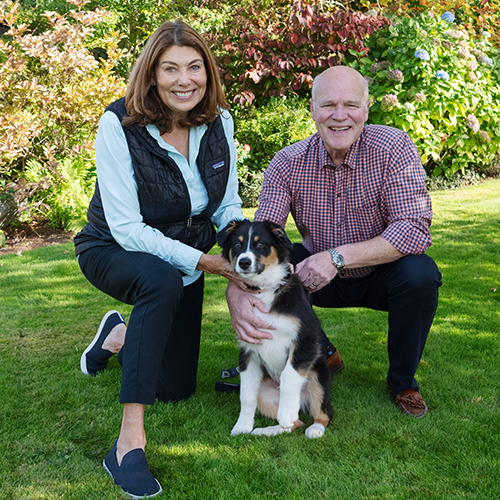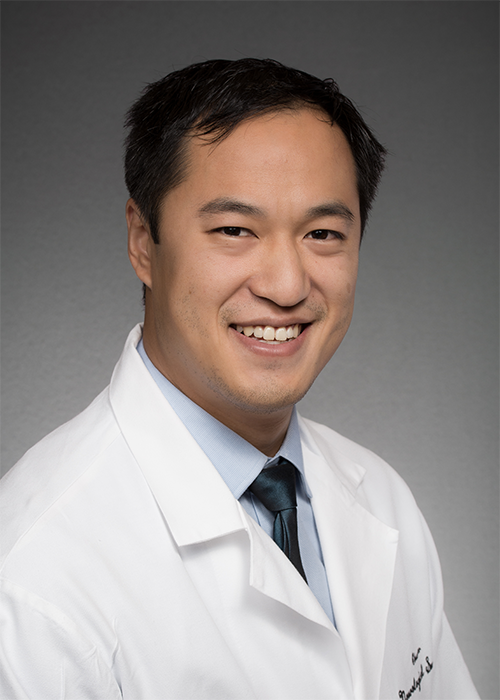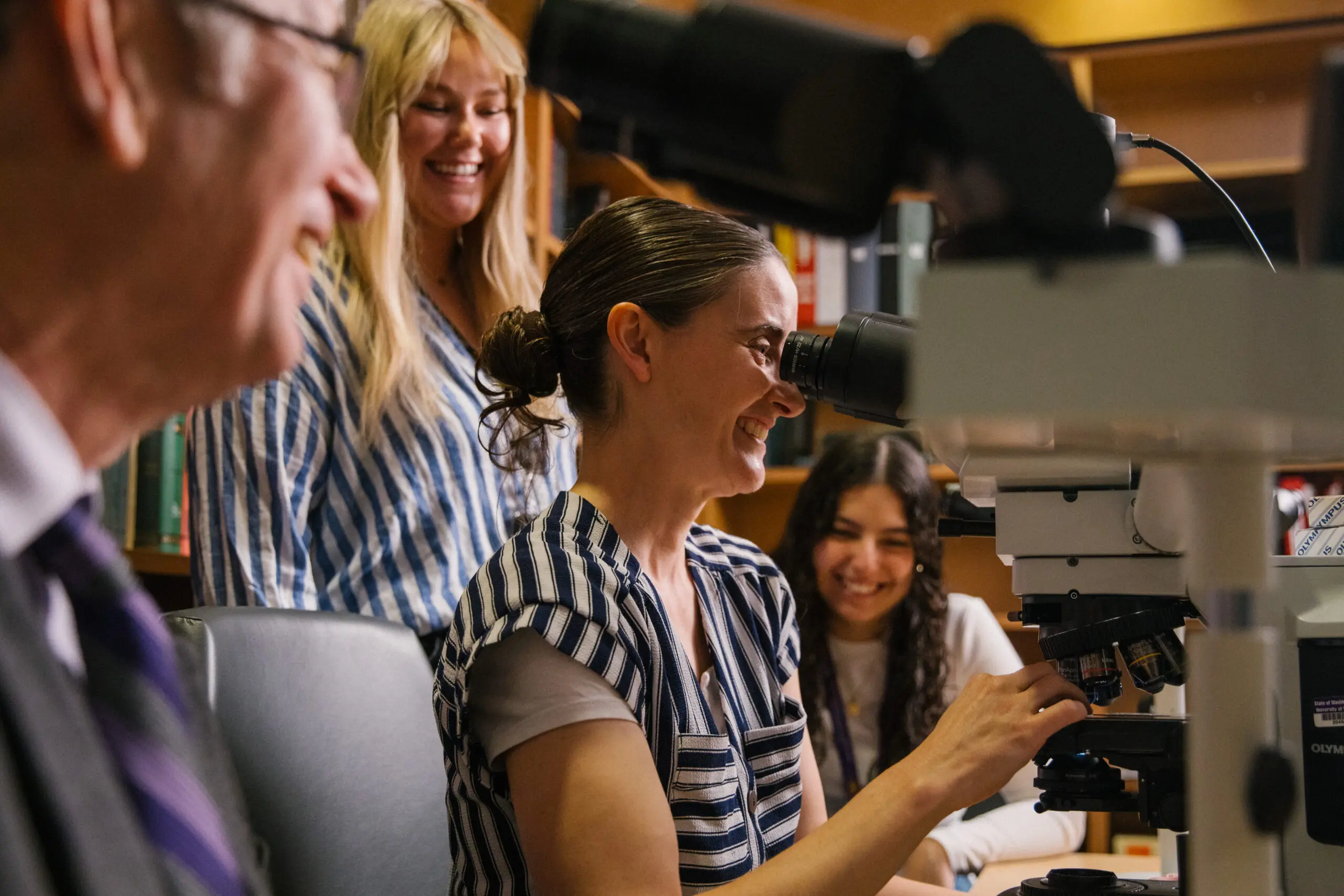“Our goal is to find the treatment for a patient that will offer them the best chance to be seizure-free,” says Poolos. “And it takes a team of people to figure out what the best approach is for them. I think one of the things that makes us unique is the amount of talent we can bring to bear.”

Dr. Andrew Ko
Dr. Andrew Ko, a neurosurgeon with the Center, agrees. “The treatment of epilepsy requires more expertise than one or two people can provide. The fantastic thing about the REC is the depth and breadth of knowledge and experience we have across the entire team.”
He adds that this full-spectrum care includes interpretation of imaging, careful examination of how a person’s epilepsy is affecting the rest of the brain and its function, and long-term monitoring of the electrical activity of the brain.
“We have world-class input running the gamut from radiology to neuropsychology to nursing and electrophysiology,” he says. “This allows our team to come up with the best therapy for our patients through joint decision-making and account for the fact that we are not just treating seizures: we are treating the patient as a whole.”
Finding the way to being seizure-free
Kathleen didn’t have another seizure and all her follow-up tests continued to be fine, so she and Brooks put the frightening episode behind them and resumed their busy lives.
Their connections to the University of Washington, and the medical field, run deep. Both are UW alumni (Brooks’s father was at one time a regent), and Kathleen also holds a master’s in clinical exercise physiology with a specialty in cardiac and pulmonary pathophysiology. Until her retirement, she worked in sales and marketing for medical device companies. In addition to his current role as CEO, Brooks is the board chair for the Washington Research Foundation, a major supporter of UW Medicine, and sits on the UW Foundation’s board of directors.
But five years later, Kathleen had another seizure. Three more followed in three consecutive months. That’s when she was diagnosed with epilepsy at another health system while they were out of town and was placed on Keppra, a medication to treat seizures.
For Kathleen, the drug wasn’t a good fit. “I’m pretty sensitive to medications — I felt so out of it and really couldn’t function. I would sit down and fall asleep.”
A friend strongly recommended Dr. Poolos, who was able to look at other conditions Kathleen has and find an alternative medication that would work. It was a struggle at first, and she had one more seizure after missing a few doses, but she has been seizure-free since.
The experience led both Kathleen and Brooks to a deep appreciation of the exceptional care the Center provides and why it — and the Neurosciences Institute at Harborview (NSI) — are unique.
“It’s exciting to have a neurologist who is also involved in doing really promising research,” says Kathleen. “We’re finally at a point where we might be able now to answer some of these questions, like what is the cause of this seizure, which can lead to better treatments or even prevent these kinds of diseases.”
Brooks adds, “I’ve been in the medical field for over 40 years — I travel across the nation, and I’ve been to about 80 different countries. What people don’t realize is that when you combine an academic medical center, a Level 1 trauma center, scientific research and infrastructure like Airlift Northwest to get patients the emergency care they need, well, that’s what makes a world-class healthcare system. And we have that right here in our region.”
The meaningful impact donors can have on health
As UW Medicine donors themselves, the Simpsons also recognize that the need for neurological care in our community is growing, and donor support is critical to help increase the number of providers, programs and services.




